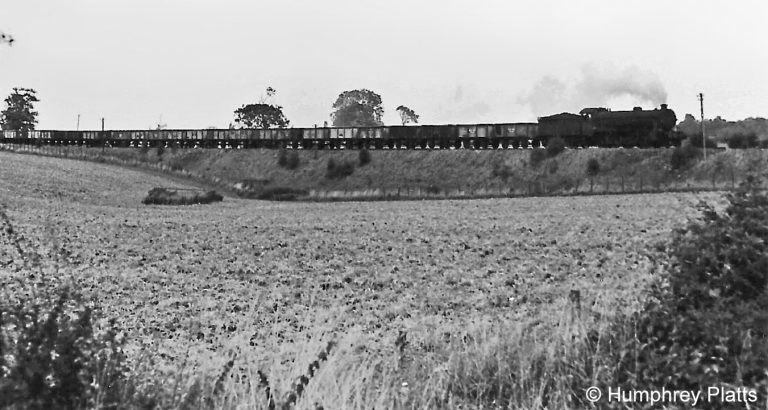by John Clayson
Do you sometimes have one of those moments which takes you back to a place and a time long ago, and it feels as if it was just yesterday? Watching the first part of the series The Trial of Christine Keeler on BBC1 last night took me back to Grantham station (where else?!) on 3rd October 1963 and a photograph my Dad took during one of our outings there. It's 4.05pm (by the clock on the wall) and at first sight it's a simple study of a man in the down side buffet reading his newspaper, probably the London Evening Standard.
The location is long gone. The building which housed the buffet on the down side was swept away when that side of the station was rebuilt in 1985-86. In fact it had almost been swept away 30 or so years earlier, when a 'hard shunt' into the bay platform (now platform 3, then platform 4) forced a coach over the buffers and into the north wall of the buffet in June 1954.
...but I digress, as dear Ronnie Corbett might have said. The connection becomes clear on reading the front page headlines: MISSING CHRISTINE WITNESS MYSTERY 'Paul Mann has no plans to return' and ‘LUCKY’ GORDON IN BOX TODAY, accompanied by a photograph of Mandy Rice-Davies.

The enquiry report by Lord Denning into 'The Profumo Affair’ had been published in September. Christine Keeler's trial, in which she was convicted of conspiracy to obstruct the course of justice, had just commenced.
I do remember, at the age of 9, wondering what all the fuss was about, and my parents changing the subject when I persisted with enquiring what 'a call-girl' was!
In search of the real Christine Keeler, focussing on this new portrayal of the scandal by screenwriter and novelist Amanda Coe, is on the BBC website here.



